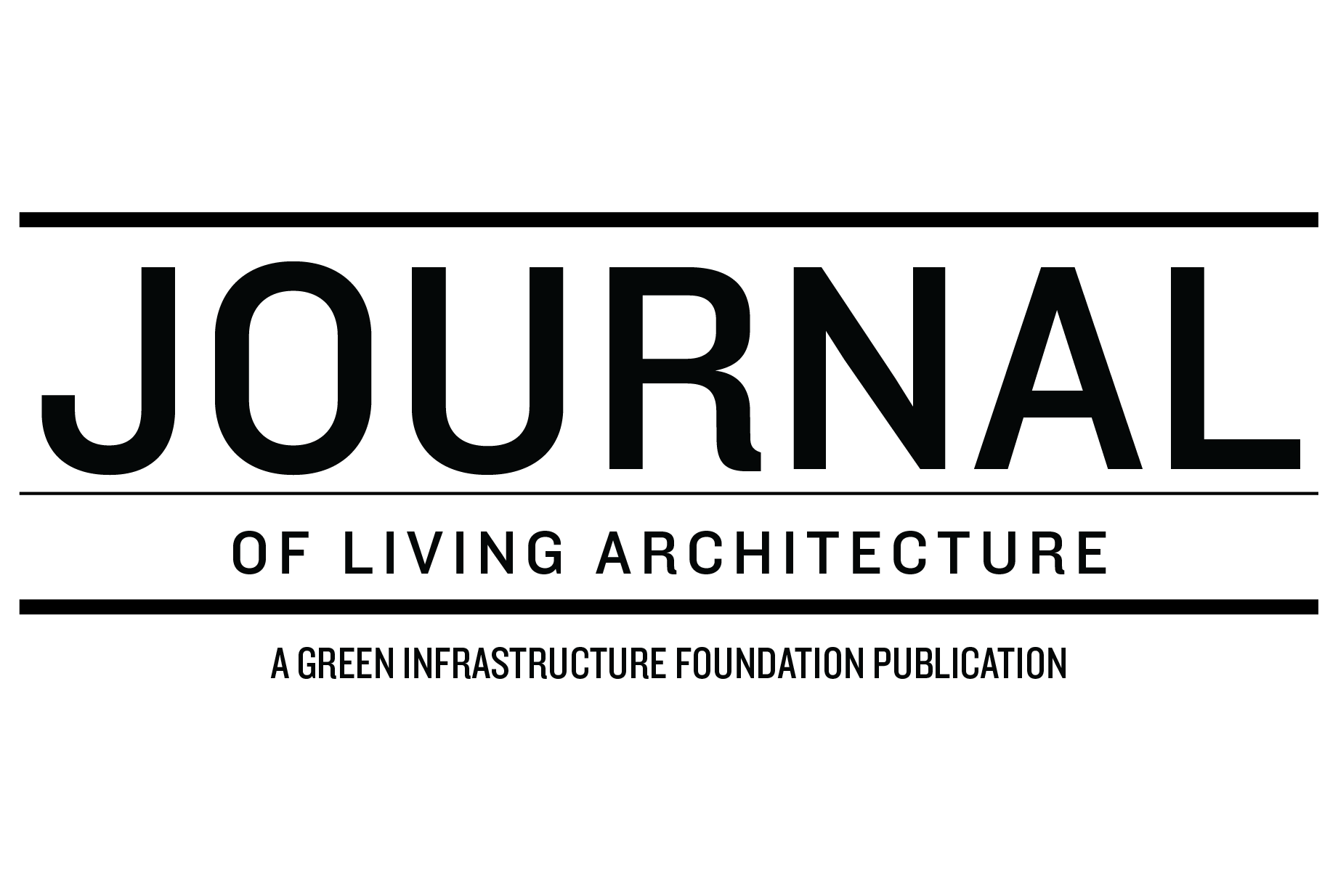European Lawmakers Poised to Include Green Infrastructure in New Rules for Sustainable Buildings
Advertisement
Rooftop farming – featured in this issue of Living Architecture Monitoring - is an inspiring topic. It raises interest from across the board including lawmakers, citizens, architects, designers, planners and industry providers of green roof technologies and systems.
After all, who could be insensitive to the opportunity to transform unused rooftops into access to living green areas to grow local, fresh and healthy food? From an environmental perspective, the impact that the deployment at scale of urban farming could have on food related carbon footprint is significant. Emissions could be reduced massively through the combination of reducing food related carbon emissions from transport; and potential changes in food consumption of urban gardeners and local consumers whose diets evolve toward low-carbon choices including a decrease in meat consumption.
View of the home based roof top farming organic garden with various vegetables an plant.
Rooftop farming is at the heart of sustainability because it represents the epitome of the multiple benefits of urban green infrastructure. It's a perfect example of how making changes in one area can have significant co-benefits: emission reductions and health promotion, decentralized rainwater management, energy savings and increased biodiversity, just to mention a few.
At the risk of sounding like a naïve idealist, I think that urban and rooftop farming could have significant support in the near future from new European rules, many of which are increasingly supportive of green infrastructure. Last week the EU Chapter of World Green Infrastructure Network published a briefing for policy makers that maps out the synergies and the work currently being carried out on several crucial pieces of legislation that could deliver the benefits of green infrastructure throughout the European Union. In the briefing paper, we advocate for a systematic integration of vegetation in the built environment, and we outline how this could be achieved through a combination of policy and regulations.
If we are good at supporting a coordinated and holistic approach like the one outlined in the paper (see Figure 1) we can create the conditions for a massive deployment of green infrastructure in urban areas throughout Europe.
Advertisement
An important milestone in our quest for a systematic integration of vegetation in the built environment was reached on 14 March 2023.
A broad political majority, composed by the four biggest political groups in the European Parliament and led by the Irish Member of Parliament, Ciaran Cuffe, agreed on a set of new European rules aimed to improve the energy performance of buildings in order to decarbonize the European building stock. The deal was remarkable in its parts related to urban green infrastructure.
Figure 1: From the briefing paper. This diagram illustrates the many ways that green roofs and walls are related to various policy initiatives underway in the European Union.
The European Parliament set an obligation for all the 27 Member States of the European Union to ensure that new buildings adapt to climate change through, inter alia, green infrastructure. In a similar way, but this time in relation to existing buildings undergoing major renovations, Member States must address the implementation of passive heating and cooling elements in buildings for their high capacity to mitigate and adapt to climate change through inter alia green infrastructure.
The text introduced a new article which mandates Member States to put in place national industrial roadmaps to increase the availability of locally adaptable prefabricated building elements. And those roadmaps should also cover the elements for green infrastructure and more generally elements that promote biodiversity, which should encompass vegetated surfaces. Along the same lines, green infrastructure shall be included in so called integrated renovation programmes to be developed by regional and local authorities.
Last, but not least, the text introduces a well written description of the multiple benefits of green infrastructure that ends with a very broad, positive, although non-binding, call for Member States to ensure that buildings integrate vegetated surfaces.
Who could have anticipated so many positive provisions in the position of the European Parliament? Through the ordinary legislative procedure, which in the European Union requires a final negotiation and agreement with Member States, the provisions of the Parliament will have to be confirmed before becoming law.
Like in all negotiations the result will be a compromise. Hopefully Member States will acknowledge the positive impact that all this can bring to the daily lives of the citizens they represent and will fully support the European Parliament. If so, we will have to come back to the topic of urban farming and sing praises to the European Union that helped to deliver this important agenda.
Advertisement
Luigi Petito, 48, father of two, is an expert in European public affairs. He is based in Brussels, cross-roads for international affairs and the European Institutions. In 2019 he was invited to establish and lead the European (EU) Chapter of the World Green Infrastructure Network. Since then, he follows EU policy and regulatory developments related to green infrastructure and advocates for a systematic integration of green infrastructure in urban areas.
European Green Infrastructure Day 2023
The EU Chapter of World Green Infrastructure Network is hosting the third edition of European Green Infrastructure Day (EGIDay23) on April 27. The event programme features a series of online discussions about green roofs and walls and how EU policies can support their uptake across Europe. #EGIDay23 will gather EU policymakers, green roof industry leaders, experts, local authorities and NGOs to discuss how to tap into the multiple benefits of green infrastructure for Europe’s climate and energy transition. For more information and free registration go to: European Green Infrastructure Day, 27 April 2023 - World Green Infrastructure Network
World Green Infrastructure Congress 2023
The World Green Infrastructure Network and the German Green Roof Association are co-hosting the World Green Infrastructure Congress in Berlin in June 27-29 of 2023. For more information click here.








